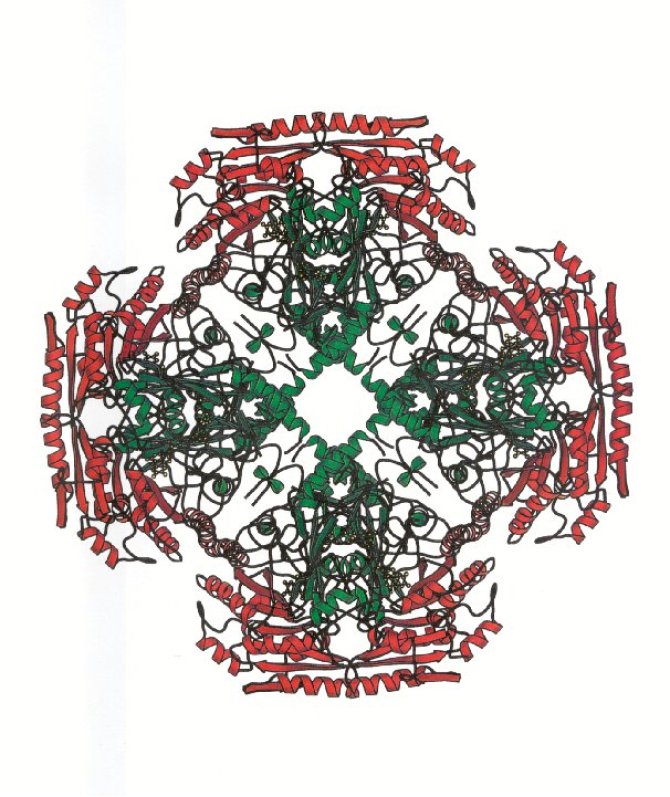
Project
Gudrun Gygli - Bioinformatics, structural biology and molecular modeling of Vanillyl Alcohol Oxidases (VAOs)
INDOX – INdustrial Oxidases
(Optimized oxidoreductases for medium and large-scale industrial biotransformations)
VAOs are flavoproteins catalyzing the oxidation of a variety of lignin-derived phenolic compounds. Products of these reactions can be used industrially. Members of the VAO flavoprotein family share a conserved domain, which allows for the binding of a flavin cofactor.
Based on experimental data and crystal structures, sequences of new VAOs will be identified by genome mining. The thus selected sequences will be expressed in a bacterial or fungal host. The enzymes produced by bacteria or fungi will be characterized and structure-function relationships will be analyzed to allow the design of improved variants.
Molecular modeling and mixed QM/MM techniques will be used to model the activity of VAOs. The active-site geometry and substrate entry channels will be investigated. Mutants, obtained by directed evolution or rational design, will be modeled to better understand the link between enzymatic activity and specific mutations. New mutations will be designed in silico and in vivo by rational design with the aim of improving the reactivity with substrates of industrial interest. The INDOX project aims at the optimization of fungal oxidoreductases for industrial applications. The VAOs are integrated as a case study in the INDOX project.